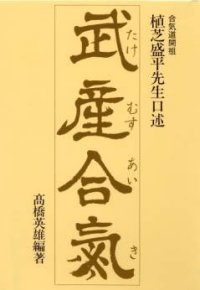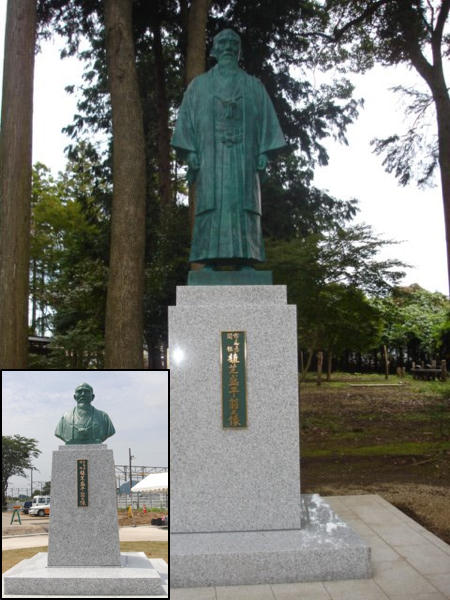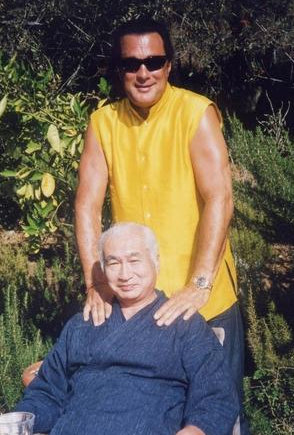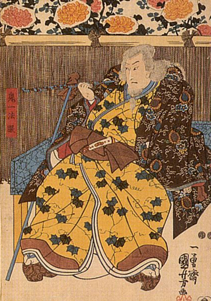
Sawamura Sojûrô V als Kiichi Hôgen (鬼一法眼)
uit het toneelstuk Kiichi Hôgen Sanryaku no Maki (鬼一 法眼 三略巻)
*This is a Dutch translation of the article “Kiichi Hogen and the Secret of Aikido – Tales from Heike Monogatari“, courtesy of Ernesto Lemke of Seikokan Aikido.
Verhalen uit de Heike Monogatari
Er is een interessant citaat te vinden op pagina 40 uit ‘Profielen van de Grondlegger’ (開祖の横顔), een verzameling interviews met leerlingen van de Grondlegger van Aikido, Morihei Ueshiba, gepubliceerd in Japan in 2009 (vooralsnog alleen verkrijgbaar in het Japans voor zover ik weet).
Hetzelfde citaat doemt op ontelbare plaatsen op maar het sprong echt van de bladzijde af de eerste keer dat ik het las. Het citaat komt voor in het interview met Morito Suganuma die een uchi-deshi werd van de Grondlegger in 1967, kort voor diens overlijden in 1969. Suganuma kwam naar Hawaii en bezocht Aikido van Hilo in september 2011.
Ik hoorde het citaat voor het eerst van Seishiro Endo enkele jaren geleden maar zoals ik al zei komt het op ontelbare plaatsen voor. Morihei Ueshiba zei dat dit citaat een van de geheimen ( (極意 / Gokui) was van Aikido. De onderstaande tekst is die zoals Suganuma die citeert: (more…)

![Kiichi Hogen en het Geheim van Aikido [Dutch Version]](https://www.aikidosangenkai.org/blog/wp-content/media/kiichi-hogen_1.jpg)
![Aikido ™ – Kan er echt een handelsmerk op zitten? [Dutch Version]](https://www.aikidosangenkai.org/blog/wp-content/media/aikikai-registered-trademark.jpg)
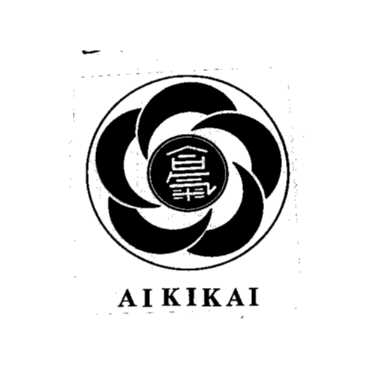
![Aikido en het Onbekende [Dutch Version]](https://www.aikidosangenkai.org/blog/wp-content/media/takemusu-aiki-hideo-takahashi.jpg)
